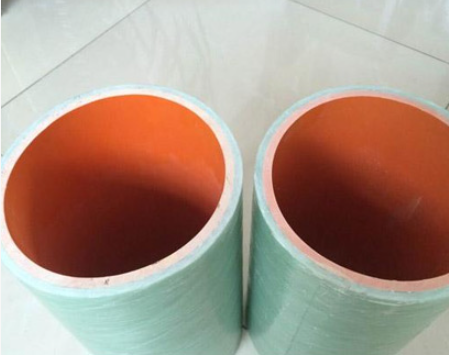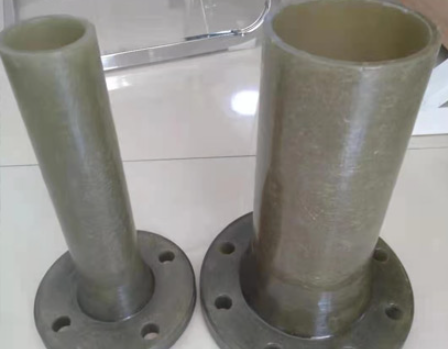The application and use of underground composite pipe has continued to grow since the mid to late 1980s. Technological advances in fiber winding processes, corrosion resistance, education and promotion, and strong market forces have contributed to the popularity of fiberglass pipe. The definition of what constitutes a large-diameter pipe may vary, but in general they range from 12 inches to 14 inches in diameter.
Composite frp pipes have been widely used in industries such as power generation, petrochemicals and desalination. Fiberglass pipes are corrosion resistant, with a life cycle typically exceeding 30 years, and are becoming increasingly popular as an alternative to steel, other metal alloys, ductile iron and concrete. There are more than 60,000 kilometers of composite large diameter pipe in operation worldwide.
Although fiberglass was once considered a specialty product, because of its ability to withstand sulfuric acid, it is now a standard material, if not the standard in major market segments for a variety of reasons. For example, FRP has been used in potable water projects, agricultural irrigation systems, feed and pressure piping for hydroelectric plants, power plant cooling water systems, and gravity and pressure sewer systems. Over the past two decades, FRP has begun to transcend its early stereotypes as a one-and-done pony (e.g., corrosion resistant) and has proven its value as a cost-effective material with numerous benefits for the end user.

The main reasons for FRP's popularity are key benefits such as high strength-to-weight ratio, dimensional stability, good mechanical properties, ease of installation, reduced installation costs, lower maintenance costs and overall durability in extreme conditions.
Corrosion resistance: Resistant to internal and external corrosion. Therefore, no additional lining or external coating is required.
Strength: Fiberglass composites outperform CS and SS when considering strength per unit weight ratio.
Lightweight: Fiberglass pipe is one-sixth the weight of steel and 10% the weight of comparable concrete products.
Electrical properties: Standard fiberglass pipe is non-conductive. Some manufacturers offer conductive fiberglass piping systems for transporting fluids such as jet fuel.
Dimensional stability: Fiberglass materials meet the most stringent standards for material stiffness, dimensional tolerances, weight and cost.
Low maintenance: Fiberglass piping is easy to maintain because it does not rust, is easy to clean, and requires minimal protection from the environment.
Smooth inner surface: This characteristic, with its smooth inner bore, resists scale deposits and can produce greater service fluid flow throughout the life of the project.

GRP pipe offers a variety of beneficial advantages as listed below.
Long life; highly durable.
Low maintenance costs.
High corrosion resistance.
Low life cycle costs.
No cathodic protection required.
Reduced transportation and handling costs.
Environmentally friendly.
Wide range of applications.
Many factors need to be considered when designing underground large diameter piping systems; local soil conditions, water table depth, buried loads, live loads, deformation due to buried stresses and operating temperatures - just to name a few. Designing a suitable underground piping system is a complex process involving numerous calculations - product design should always be carried out by a qualified engineer.
WEITONG is a professional supplier of FRP/GRP piping, and we also have storage tower and desulphurization tower equipment for sale. Contact us for a quote!